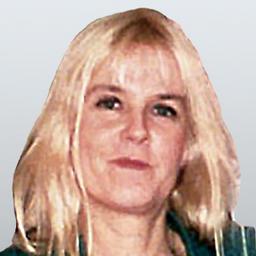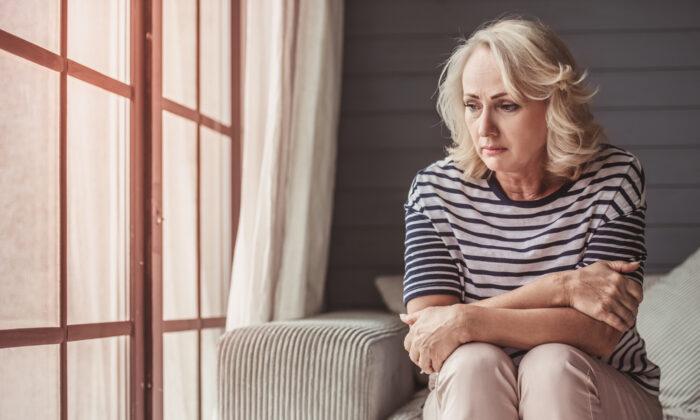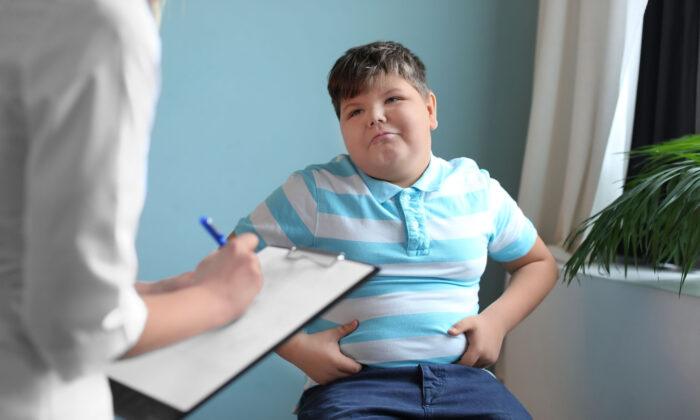We don’t know if Robert Crimo III, the
confessed attacker in the mass shooting at a Fourth of July parade in a Chicago suburb, was on psychoactive drugs when he acted but we do know that police were
called to his home in 2019 for suicidal behavior and that he was remanded to the psychiatric system.
Mass shooters in the United States tend to be young, obsessive, male loners and many have been prescribed psychoactive drugs. For example, Eric Harris, one of the two shooters at
Columbine High School in Columbine, Colorado, in 1999—which ushered in the current spate of mass shootings—was on the psychotropic drug Luvox. Prescribing
information for the antidepressant says, “Close supervision of patients and in particular those at high risk should accompany drug therapy.”
Jeff Weise, who fatally shot his grandfather, his grandfather’s girlfriend, and then
seven others at the Red Lake Senior High School in Minnesota in 2005, was on the well-known antidepressant Prozac.
Two years later, Cho Seung-Hui, who perpetrated the Virginia Tech mass shooting,
also was found to be on psychoactive antidepressants.
“We urgently need a national debate about guns. But we also urgently need a national debate about the epidemic of mood-altering drugs being prescribed to young Americans,” Arianna Huffington wrote in 2007 after the Virginia Tech killer shot 32 people and then himself.
The following year, in 2008, another university was targeted. Steven
Kazmierczak fatally shot seven at Northern Illinois University. He had also been
prescribed Prozac, which he had recently stopped taking.
BBC Questions Another Mass Shooter’s Medication
Few can forget the “Batman” shootings at an Aurora, Colorado, movie theater in 2012. James Holmes, the gunman who fatally shot 12 and wounded scores, was on
antidepressants. The suspicion among some reporters and doctors that the antidepressants explained the rampage was so strong that the BBC created an in-depth
report titled “The Batman Killer - a Prescription for Murder?” in 2017.
“Why else would a clever, shy guy with no history of violence, from a loving home, carry out such a heinous attack?” except for the effect of the psychoactive drugs, BBC’s Shelley Jofre wrote in the report. “He had no enemies, no terrorist ideology to drive him on.”
Dr. David Healy, a
psychiatrist and psycho-pharmacologist who has written
books about the risks of antidepressants,
studied Holmes’ case and interviewed him in prison.
“These killings would never have happened had it not been for the medication James Holmes had been prescribed,” he concluded.
Dr. Wendy Burn, president of the Royal College of Psychiatrists, on the other hand, is cited in the BBC report as disagreeing and doubting Healy’s pronouncement.
“In all treatments—from cancer to heart disease—medicines which do good can also do harm,” she said. “Current evidence from large-scale studies continues to show that for antidepressants, the benefits outweigh the risks.”
Attack Spawned by Racial Hatred
Dylann Roof’s fatal shooting of nine congregants at Charleston’s Emanuel African Methodist Episcopal Church in 2015 showed racism and gun violence at its worst. While the United States has seen other racially motivated and church shootings, the cold-blooded calculation of Roof’s murders brought the nation to a new level of outrage and horror. Two years later, 19 documents
unsealed by U.S. District Judge Richard Gergel revealed that Roof, too, was on antidepressants.
Two other mass shootings had preceded Roof’s slayings. In 2013, Aaron Alexis fatally shot 12 people at the
Washington Navy Yard in southeast Washington, where he had security clearance. Less than a month before the killings, Alexis was prescribed the antidepressant trazodone.
The following year, Army Specialist Ivan Lopez,
fatally shot four people on the Fort Hood military base near Killeen, Texas, after a highly
publicized Fort Hood shooting in 2009. According to The
Washington Post, Gen. Mark A. Milley, who was then the base’s commander, said Lopez “had behavioral health and mental health issues” and was taking antidepressants.
Sixty-four mass shootings have occurred in the United States since Lopez’s rampage eight years ago, including the recent Fourth of July shooting in Highland Park, Illinois, according to a gun violence
database.
Disturbing Psychoactive Drug Side Effects Are Well-Known
Awareness of these unpredictable medications is not new. Four days after the Sandy Hook Elementary School shooting in 2012, when awareness of mass shootings reached a peak, Geoffrey Ingersol of
Business Insider wrote that psychoactive drugs “the FDA pumped out [had] an ability to exact the opposite desired effect on people: that is, you know, inducing rather than inhibiting psychosis and aggressive behavior.”
Antipsychotic drugs, which the Sandy Hook shooter was originally—and mistakenly—thought to have taken, “are not the only ones that can cause the opposite of their desired effect,” Ingersol noted. “Several antidepressant medications are also restricted to adults, for the depression they inspire in kids rather than eliminate.”
Ingersoll is likely referring to the warning about paradoxical and dangerous drug effects in young people that appears on the labels of most psychoactive drugs. For example,
prescribing information for Prozac includes a boxed warning—the FDA’s strictest—that reads “WARNING: SUICIDAL THOUGHTS AND BEHAVIORS. Increased risk of suicidal thinking and behavior in children, adolescents, and young adults taking antidepressants. Monitor for worsening and emergence of suicidal thoughts and behaviors.”
Psychoactive Drugs Often Behind Mass Shootings
Many and perhaps most health care professionals dispute a link between mass shootings and psychoactive drugs.
“I do not know of any research linking medications to mass shootings and, in fact, there is some work showing benzodiazepines decrease violence,” Michael Rocque, associate professor of sociology at Bates College, told
WUSA9. “In other words, I would not be confident linking the medication to violence, let alone mass shootings.”
Some worry that such a link would eclipse the need to stop killers from getting guns or would stigmatize the mentally ill.
Yet, writing in the
journal New Male Studies a few years ago, Jeanne Stolzer, associate
professor of child and adolescent development at the University of Nebraska-Kearney, observes that “despite the multitude of international drug regulatory warnings on all classifications of psychiatric medications citing adverse reactions such as suicidal ideation, homicidal ideation, violence, and psychosis, not one local, state, or federal commission has investigated the correlation between the mass shootings in America and the use of psychiatric medications.”
Clearly not all mass shooters are on psychoactive drugs nor do the drugs always cause out-of- control behavior. On the other hand, a 2019 article on the website
Thought Catalogue lists and documents 37 mass shooters who were on psychoactive drugs when they committed their sprees—a fact that should make public health and law enforcement officials take notice.
News reports following a mass killing seldom include information about shooters’ psychoactive drug use and we likely won’t know about the psychoactive drug status of the Fourth of July attacker. Still, along with discussion of gun laws, mass depression and anxiety, and violent movies and video games, the effects of psychoactive drugs should be part of the mass shooting discussion.






